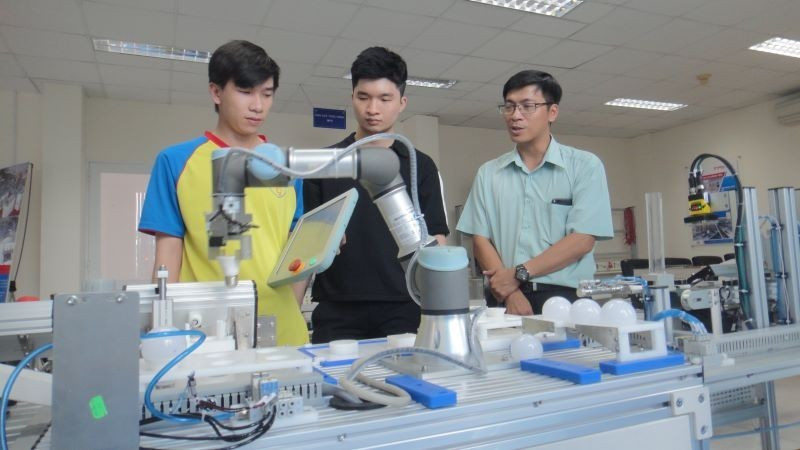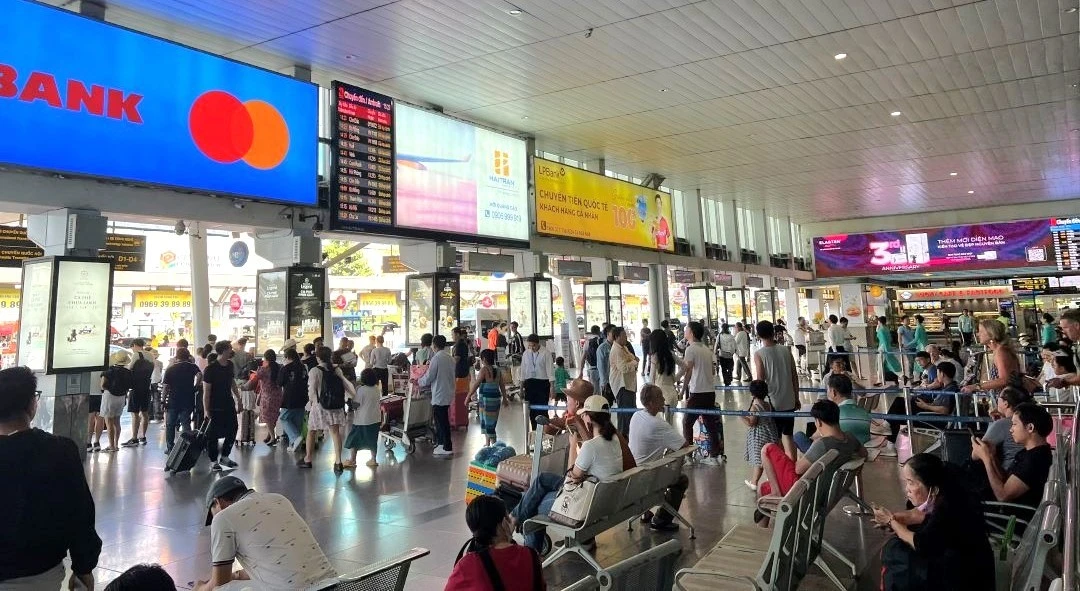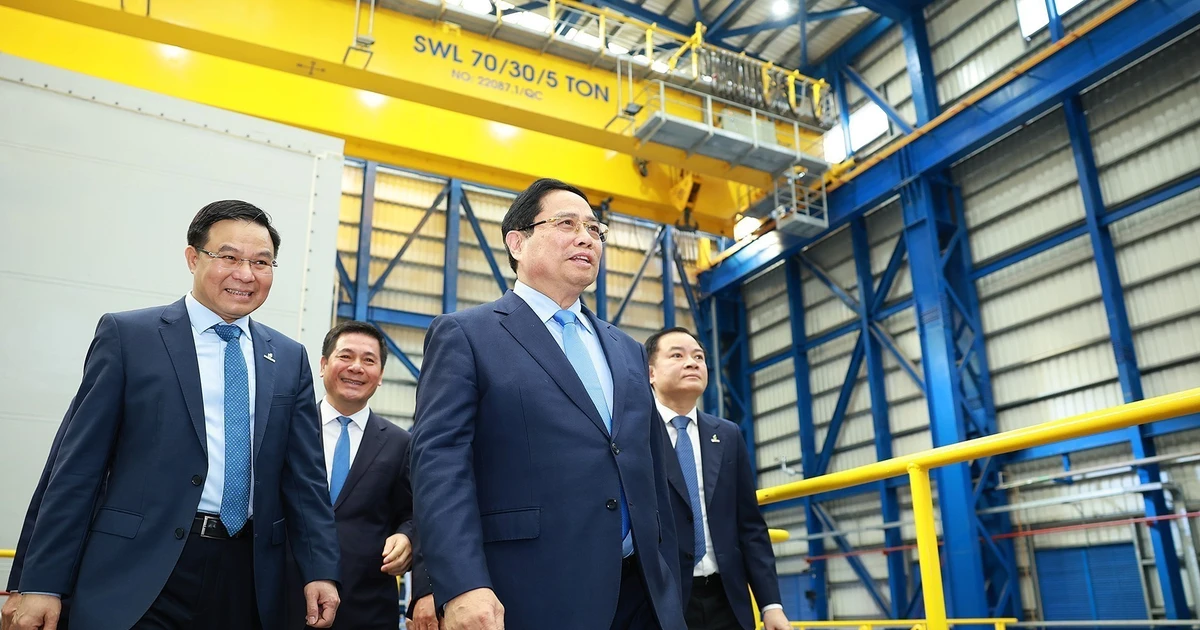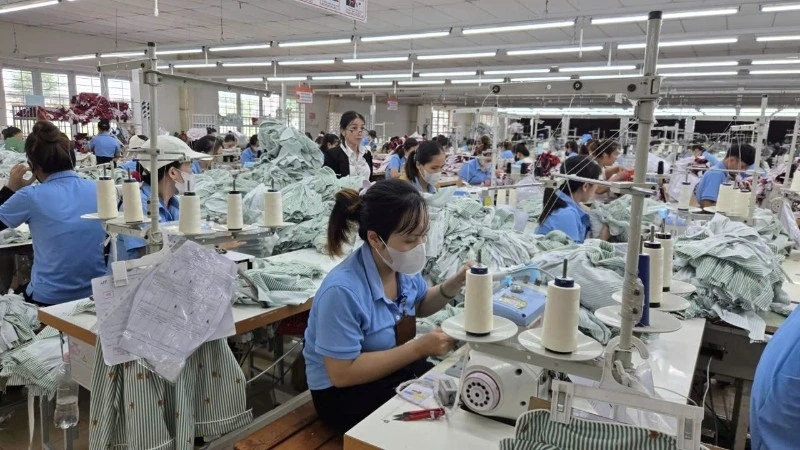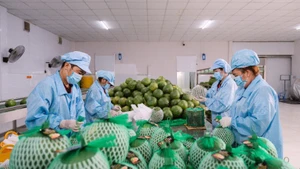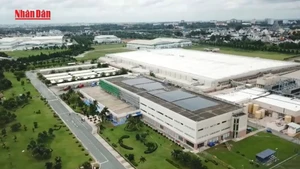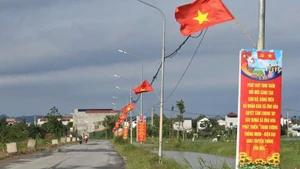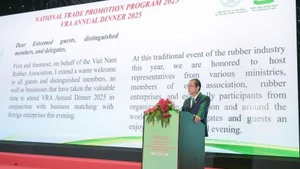According to experts, Viet Nam’s education system is undergoing reform to meet labour market demands. However, limitations remain in teaching quality, infrastructure, and the overall effectiveness of training at some universities and colleges, which have yet to fully meet the needs of enterprises adapting to market-driven development.
Shortage of high-quality labour
Ho Chi Minh City has been actively promoting vocational education programmes and specialised training at universities and colleges. The city, in particular, focuses on developing human resources in key sectors such as high technology, digital engineering, healthcare, and financial services—its economic pillars.
In addition, international training partnerships and collaboration with businesses have helped learners enhance professional competence, practical skills, and global integration capacity.
Strategic investment in training has been generating a workforce capable of meeting the city’s socio-economic development needs amid globalisation and rapid digital transformation.
According to the annual survey conducted by the Centre for Forecasting Manpower Needs and Labour Market Information of Ho Chi Minh City (before the merger), between 2020 and 2024, the demand for workers with university and college qualifications has shown a steady upward trend. On average, approximately 111,820 job positions are required each year, accounting for 41.45% of the city’s total annual labour demand, with an average growth rate of 9.59% per year.
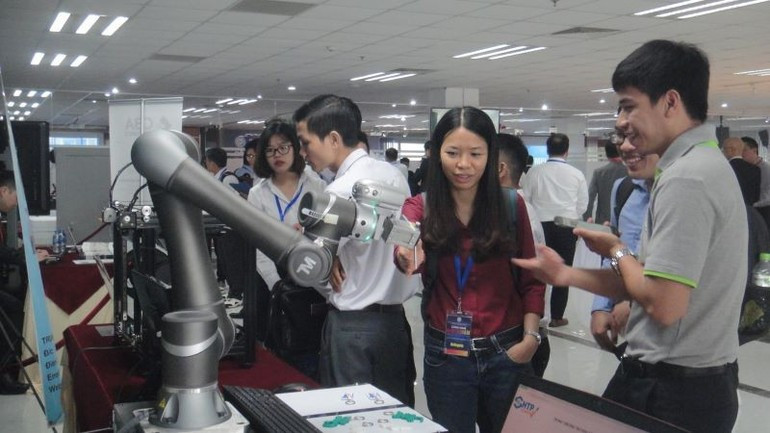
Specifically, demand for university-level workers makes up 21.16%, while college-level workers account for 20.29%. These two groups are concentrated in key sectors such as information technology; education and training; accounting and auditing; human resources; management and administration; finance, credit, banking, and insurance; architecture and construction engineering; asset and real estate management; and business and commerce.
However, many trained workers, despite holding degrees, still lack practical and soft skills—especially foreign language proficiency and the ability to apply information technology in their jobs. Many enterprises note that high-quality human resources in Ho Chi Minh City only partially meet international standards, particularly in research, development, and innovation.
Although several high-quality training programmes exist, the number of graduates remains insufficient to satisfy the needs of businesses, particularly in high-tech sectors.
Training to meet enterprise demands
Viet Nam in general, and Ho Chi Minh City in particular, are facing a shortage of high-quality human resources in fields such as information technology, electronics, semiconductors, healthcare, engineering, manufacturing, processing, and mechanics.
Nguyen Van Lam, former Deputy Director of the Department of Labour, Invalids and Social Affairs of Ho Chi Minh City (now the Department of Home Affairs of Ho Chi Minh City), stated that the trend of developing high-quality human resources in the city is becoming stronger to meet socio-economic development requirements amid international integration and the Fourth Industrial Revolution.
The city is not only the nation’s economic hub but also a centre for attracting and training high-quality human resources. To align with new trends, the city has introduced various policies and training programmes aimed at improving workers’ skills and qualifications, especially in high-tech, digital, healthcare, finance, and logistics sectors.
Universities and vocational institutions are increasingly innovating teaching methods, focusing on practical training, soft skills, and foreign language development. At the same time, collaboration with domestic and international enterprises has been strengthened to provide learners with access to modern technologies, professional skills, and international working environments.
The ongoing digital transformation has intensified the demand for workers capable of operating in fields such as artificial intelligence, big data, smart supply chains, and renewable energy. The city also encourages entrepreneurship and innovation, creating an ecosystem that supports start-ups and young enterprises.
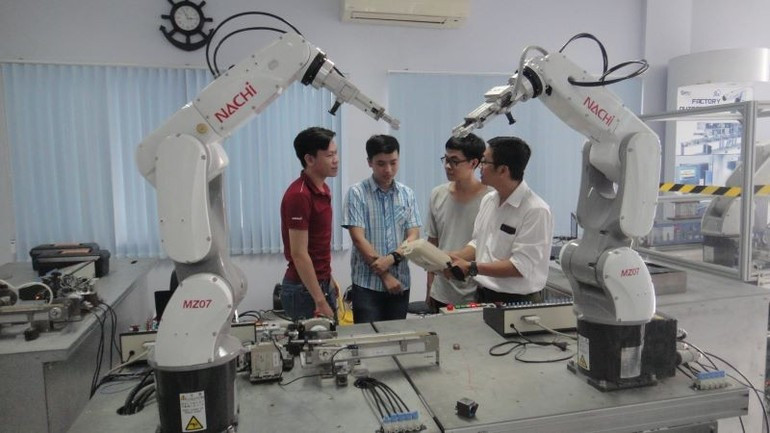
Experts note that following its administrative merger, Ho Chi Minh City still faces challenges such as disparities in training quality among institutions and shortages of workers in key industries.
To address these issues, experts suggest that, in addition to the city’s approval of the comprehensive project for international-level workforce training, local authorities should introduce more policies promoting collaboration between educational institutions and businesses, attract foreign experts, and create favourable conditions for comprehensive human resource development.
Overall, the city’s approach to human resource development is on the right track, with significant progress achieved. However, coordinated efforts across sectors remain essential. Continued investment in education, training, and skills enhancement will be the key for Ho Chi Minh City to maintain its position as the nation’s knowledge-based economic hub in the future.
